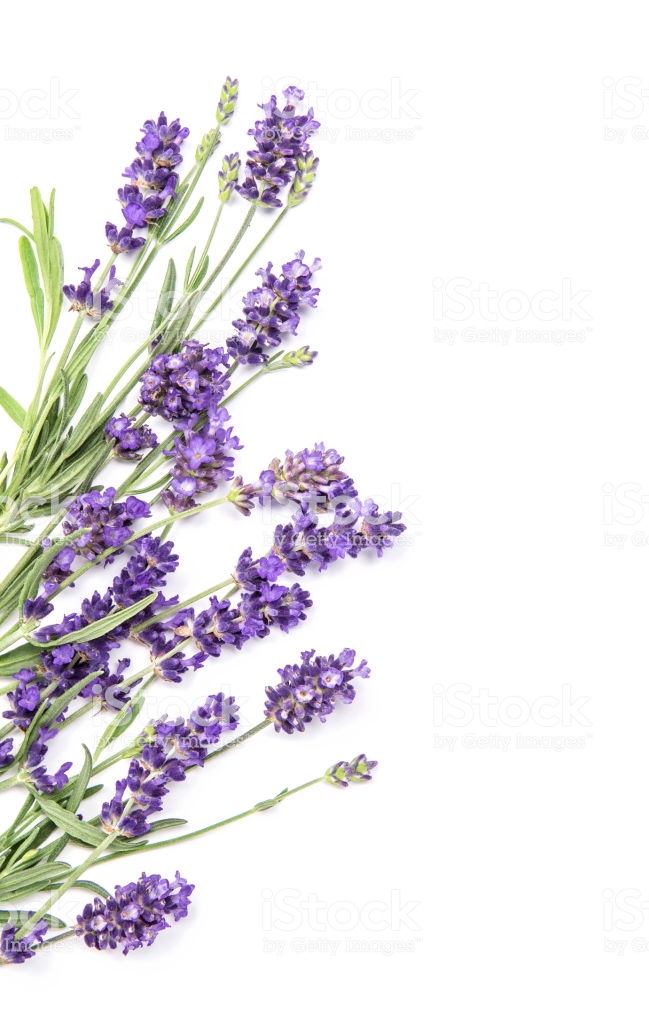
Q - What conditions do Lavender plants like?
A - Lavender plants prefer a well drained soil with full sun
Q - How much land do I need to grow lavender?
A - 1 hectare or about two and a half acres will support between 6000 –13,000 plants depending on which variety is chosen.
Q - How far apart do I space the plants?
A - Plant spacing for Lavandula angustifolia cultivars can be between 50cm to 70cm apart.
For the larger Lavandula x intermedia cultivars spacing can be between 60cm to 1 metre. Higher plant density provides increased yields in the establishment phase.
Q - What should the row spacing be?
A - It considered best to have rows at least 1.5 metres apart to allow for machine access down the rows. Some overseas growers have up to 2 metre row spaces.
Q - When should I plant out my lavender plants?
A - Autumn planting is usually considered to be better as this will allow plants to become established through the winter months and enable them to withstand summer droughts if they should occur.
Q - When do I harvest my lavender for oil?
A - Oil accumulates as the flower head matures so harvesting commences when about half of the flower heads have withered.
Q - When should I prune my Lavenders?
A - After harvesting the flowers for oil or dried rubbings the plants should be cut back by 1/4 to 1/3.
Q - Where to buy?
A - You can find NZLGA Lavender nurseries from the top menu under ‘Lavender Trail’ --> Our Services/Nursery , Typicaly supplied in a 5cm tube. Depending on the variety chosen, you will need to buy 6,000 to 10,000 plants per hectare.
Q - Do I need to irrigate?
A - Some form of irrigation may be necessary for spring / summer plantings though once established lavenders can usually withstand drought conditions.
Q - When can I expect to harvest?
A - It takes about three years for lavender plants to reach full maturity although most people start harvesting for oil in the second year after planting. Harvesting for dried lavender can commence in the first year but yields will be lower than that gathered from mature plantings.
Q - Which varieties are considered best for oil?
A - In New Zealand ‘Grosso’ lavandin plantings have produced oils of good quality and composition that fall within the ranges recommended by international standards. Most growers choose this variety as it is a higher oil yielding plant than L.angustifolia. However, a wide range of cultivars are being trialled for essential oil production in New Zealand.
Q - How much is 1 litre of oil worth?
A - Depends on the quality and the ‘nose’ of the oil and whether it is L.x intermedia or L.angustifolia. Please contact a grower from the top menu 'Lavender Trail' for current market prices.
Q - Does the colour of the spikes make a difference to oil quality?
A - The colour of the spikes or flowers has no effect on oil quality, however, it is well documented that soil and climatic conditions affect both the yield and composition of essential oils.
Q - How do I harvest my lavender for rubbings?
A - Lavender for dried rubbings or dried flowers is best cut before all the flowers have opened. They are usually cut by hand using a sickle or shears. Bunches are usually bunched and tied with rubber bands out in the field. The bunches are then simply hung upside down in a dark, well ventilated shed until they are dry.
Q - How much can I expect to get for 1 kilo of rubbings?
A - It depends on the variety and the end use for which it is intended. Please contact a NZLGA grower from the top menu 'Lavender Trail' for current market prices.